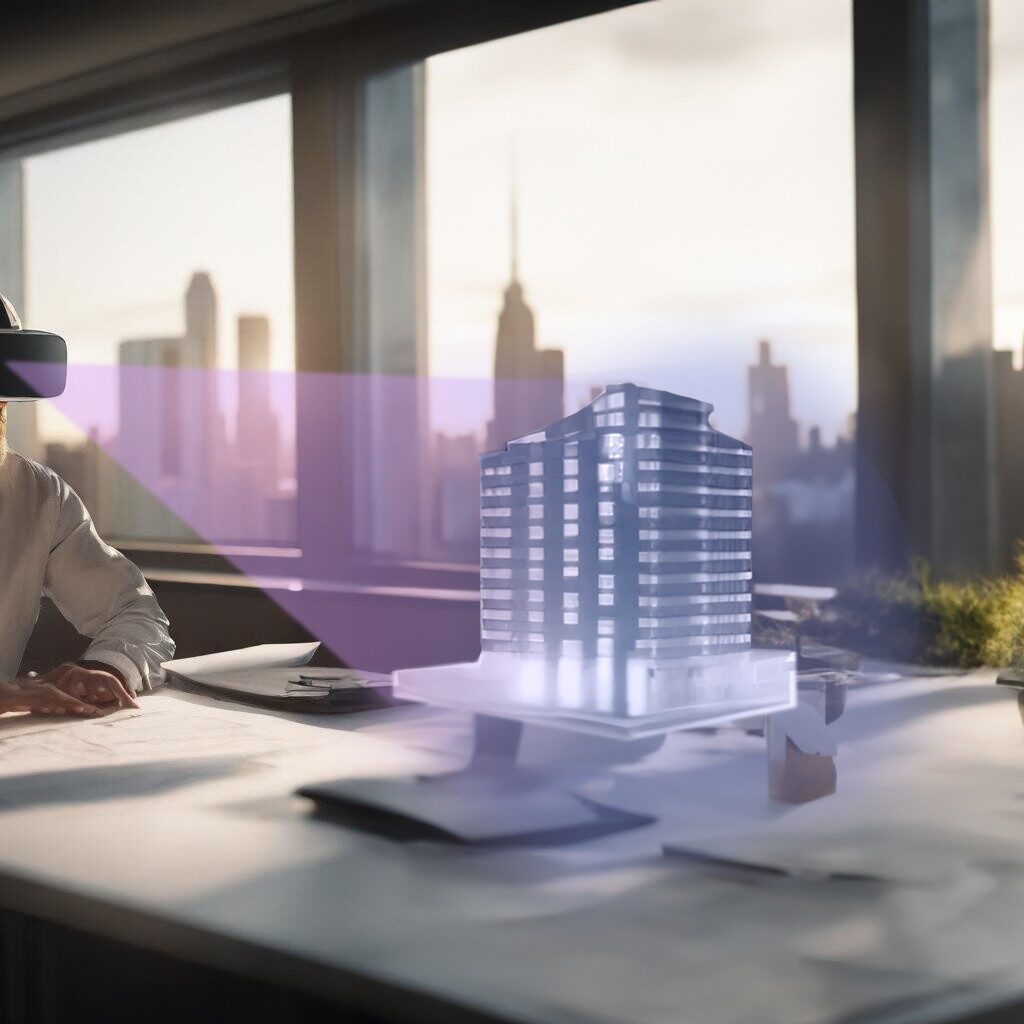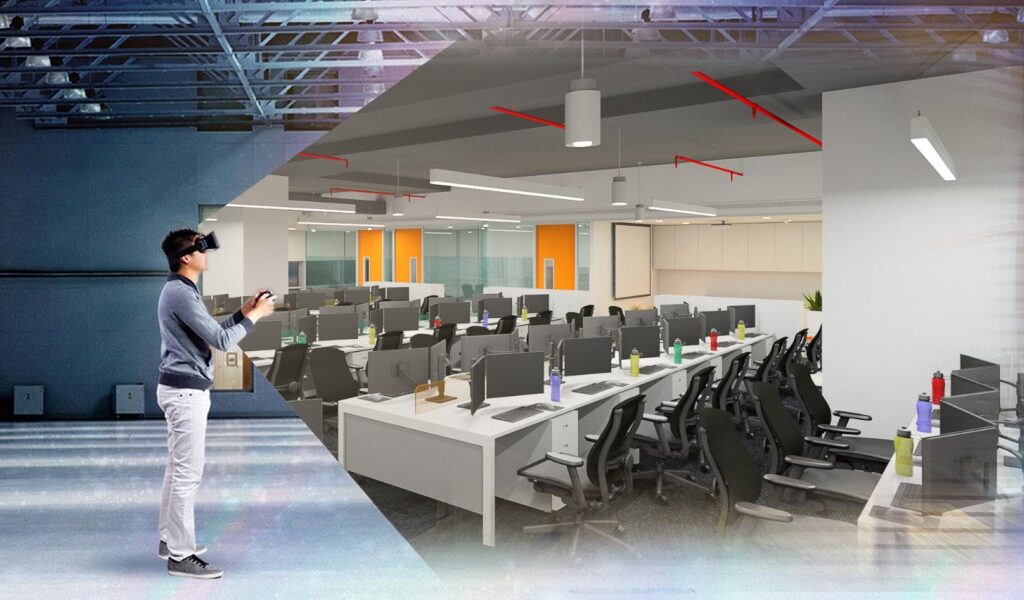
Unveiling the Future: Virtual Reality’s Impact on Architecture and Planning
The Recent Breakthroughs in VR In the fast-evolving realm of architecture, the integration of cutting-edge technologies is reshaping the way we design and plan our cities. Among these technological marvels, Virtual Reality (VR) stands tall, offering architects and planners a powerful tool to revolutionize their workflows and enhance the visual representation of projects.
Understanding Virtual Reality in Architecture
Virtual Reality, often associated with the gaming industry, has found a profound application in architecture and urban planning. It creates a computer-generated environment that immerses users in a lifelike, three-dimensional experience. The Recent Breakthroughs in VR This technology is harnessed to simulate architectural spaces, providing an interactive and realistic preview of designs.
Some of the Latest Advances in Virtual Reality
Immersive Environments: VR has progressed far beyond basic visualizations. It now enables architects to create immersive environments where stakeholders can virtually walk through spaces, gauging the scale, proportion, and aesthetics in a way that traditional blueprints or 3D models couldn’t capture.
Real-Time Collaboration

Modern VR tools facilitate real-time collaboration among architects, designers, and clients, irrespective of their physical locations. This fosters a more dynamic and inclusive design process, where changes and suggestions can be implemented on the fly The Recent Breakthroughs in VR.
Data-Driven Design
VR is increasingly being integrated with Building Information Modeling (BIM) data, allowing architects to visualize not only the physical aspects of a structure but also its performance data. This includes aspects like energy efficiency, structural integrity, and more.
Public Engagement
City planners are utilizing VR to engage the public in the urban planning process. Virtual reality enables communities to explore proposed developments, offering a tangible understanding of the changes, and providing a platform for feedback.
Applications in Architecture and Planning
Design Development
Architects use VR to streamline the design development phase. This includes testing various design options, experimenting with materials, and making informed decisions that contribute to the overall efficiency of the design process.
Client Presentations
Presenting designs to clients becomes a captivating experience with VR. Clients can virtually ‘walk’ through the spaces before they are built, ensuring that everyone involved is on the same page, reducing the likelihood of misunderstandings.
Urban Planning
City planners leverage VR to create detailed models of urban spaces. This aids in visualizing the impact of proposed developments, assessing traffic flows, and making informed decisions about zoning and land use.
Training and Simulation
VR is becoming a valuable tool for training architects and planners. It allows professionals to simulate real-world scenarios, offering a risk-free environment for learning and refining their skills.
The Future of Virtual Reality in Architecture and Planning

As VR technology continues to advance, its role in architecture and planning is poised to expand. From enhanced realism to improved collaboration, the possibilities are vast. Architects and planners who embrace these technological advances are at the forefront of a transformative era, where virtual reality isn’t just a tool but a gateway to unparalleled creativity and efficiency.
In conclusion, the integration of Virtual Reality in architecture and planning represents a paradigm shift, redefining how we conceive, design, and experience the spaces we inhabit. Consider how our BIM Sastra program can equip you for the ever-evolving AEC industry and the future of architecture and planning The Recent Breakthroughs in VR.
Are you curious about the dynamic world of BIM and its potential? Click here to learn more.
